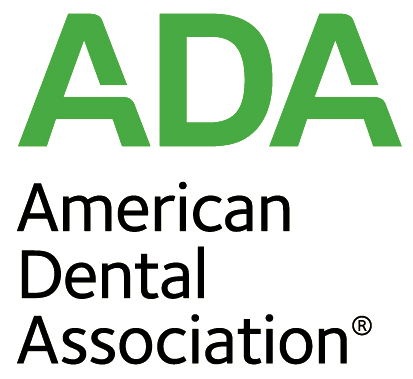BLOG ENTRY 1- ROUGH DRAFT
Deep Cleaning vs. Regular Cleaning
You’re at home brushing your teeth, you notice a little blood on your brush, on the floss, or in the sink and your gums are swollen. Maybe your gums seem lower or more tender. Maybe you’ve been opting out for gum and mints in between meals. You then decide that its time to go in for a dental cleaning.
Your dentist or dental hygienist reviews your x-rays and completes an exam. They measure and probe around your gums,calling out numbers. You then are told something that may be shocking or unfamiliar. They tell you that you have gum disease or periodontitis and that you will need a deep cleaning.
So, what does this all mean? Why do you need a deep cleaning?
The plaque that does not get brushed away at home can harden and form a substance known as tartar or calculus. Tarter can only be removed properly at a dental office. When tartar remains on the teeth, it can cause inflammation of the gums, a condition called gingivitis.
A deep cleaning is needed when there is a greater number of bacteria and tarter buildup in between your gums and your teeth. Thus, creating deep “pockets” due to the gum disease and more spaces for bacteria to live in. If not properly removed, it can lead to a number of oral health complications like tooth lose or periodontal disease.
A deep cleaning could also be called scaling and root planning, or SRP. Scaling is known as the removal of plaque and calculus from the teeth’s surface and gum pockets. Root planning involves removal of plaque and tarter from the surface of the roots. For those who have periodontal disease, a deep cleaning can actually help reverse the progression of the disease. In fact, many see results within 3 months of having been treated.
Why can you not just do a regular cleaning?
A regular cleaning primarily is for healthy pockets and focuses at or above the gum line. A regular cleaning polishes your teeth, and a deep cleaning removes the bacteria colonies under the gumline. That’s why there’s really no comparison between a deep dental cleaning and a regular cleaning.
Unlike regular cleanings, deep cleanings can take more than one appointment or a longer appointment time. In most cases, a follow up visit may also be needed to monitor the health of the teeth and gums, especially if pockets have formed. Doing a regular cleaning when you have untreated periodontitis is against our ethical and professional standards.
If you have bleeding while brushing or flossing or missed a few dental checkups, it is time to take action today! Call our office and schedule an appointment to check on the healthiness of your mouth!
SECOND BLOG ENTRY
Blog post – in office whitening procedure
“LIFE IS SHORT, smile while you still have teeth.”
Are your teeth yellowing? Do you frequently have coffee or wine? Did you know what whitening your teeth can help improve your smile?
There are several whitening products on the market, ranging from stripes to gels to lights. Today topic will focus on in-office whitening.
In-Office Whitening
Before starting the in-office whitening treatment, the dentist has to make sure that the patient has healthy teeth and gums. Whitening before checking on the healthiness of the teeth and gums may lead to more sensitivity and discomfort.
Let’s take a look at what the process involves.
1. A check up from the dentist to make sure your teeth and gums are healthy
2. Schedule an appointment: it takes up to an 1hr – 1hr 15 mins. The appointment can vary from patient to patient.
It is recommended to schedule in-office whitening after a teeth cleaning, as all the debris and stains have been removed. It will help to enhance your whitening results.
3. Cheek retractors and a safety barrier gel is placed on your gums to protect them from the whitening gel
4. The whitening gel is mixed and placed for the first application, which is about 20 mins. This step is repeated for a total of 2-3 applications, depending on the patient’s oral health and sensitivity.
Afterwards, your bright new smile is ready!
We will go over post-op instructions on caring for your teeth and what to do to keep your teeth bright white.
[ insert video clip from opalescence website: youtube]
https://www.youtube.com/watch?v=t-Wa3HpSkBY#action=share
Things to think about with in-office whitening:
Who can do whitening?
Whitening is typically recommended for patients with healthy teeth and gums. Often times, whitening needs to be considered and completed before restorations are placed in the smile line.
Some things to note:
- If a patient has many leaky or old fillings, they may experience more sensitivity. These old restorations may look darker after whitening too. Restorative material does not whiten like enamel does.
- If a patient has or had gingivitis, they may become more sensitive after whitening.
- If patient is a child, he/she must wait at least until the teeth have matured. Consult with your dentist to see if your child’s teeth are ready. This may vary from patient to patient.
- Remember!!! Calculus does not whiten! It too can appear darker after whitening like old restorations.
How often should I whiten?
- Usually we recommend the in-office treatment first to help kick start the process. Afterwards, we evaluate and see if we need another in-office session or if maintenance can be completed with custom whitening trays.
- Customized trays can be made and worn daily for about 30 minutes. The success of this really depends on compliance. If you think you'll to be too busy or forget to wear them, then we may recommend another in-office session. Ideally, we should wait for about a week before the second in-office session.
- We may also touch up with in-office session once every six months or once a year, depending on how much staining your teeth picks up with time. Daily activities such as diet plays a huge role in this!
How long does it last?
It varies from patient to patient. We've seen results last for six months to a year or more. To help it last longer, it is extremely important to avoid colored foods and drinks for the first 3 days (provided in post-op care instructions).
A pro-tip may be try to use a straw when you're drinking colored liquids. This helps avoid contact with the teeth.
Whitening results will also last longer if we maintain it with additional in-office sessions or custom whitening trays.
Also for consideration, some patients naturally have teeth that stain more easily than others. Some patients may also have teeth that are harder to whiten than others. Everyone is different and unique!
Does it hurt?
The cheek retractor may be a little uncomfortable at first, but we will help to adjust it as needed. There may be a little sensitivity during the whitening process, but it should not be painful. If you feel any tingly or burning sensations, you must let us know!
To prevent sensitivity while whitening, it is recommended for you to brush 2 weeks before and after with sensitive toothpaste.
Should I use whitening toothpaste after?
Most certainly you can! You can brush with it two times a day after whitening. Remember to use light gentle pressure with a soft bristle brush. If you experience sensitivity, then reduce to once a day. If you have continued sensitivity, try using whitening toothpaste every other day, preferably at night (so that way daily foods/liquids won’t disrupt it as much).
In a nutshell, this is basically what in-office whitening is all about! If you have additional questions or are ready to start your whitening journey, please call and schedule an appointment!






